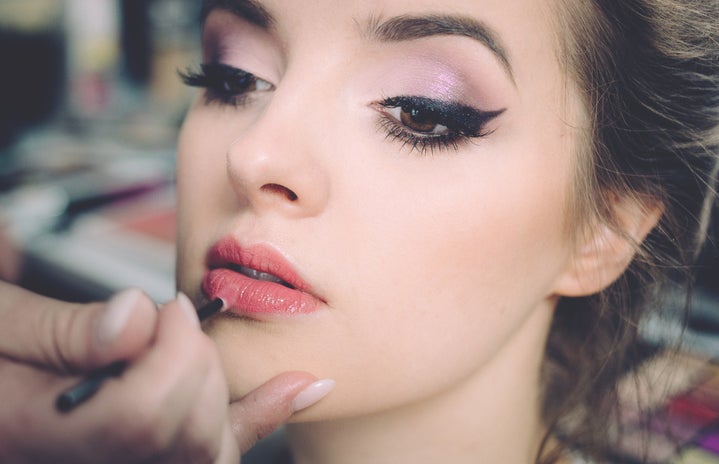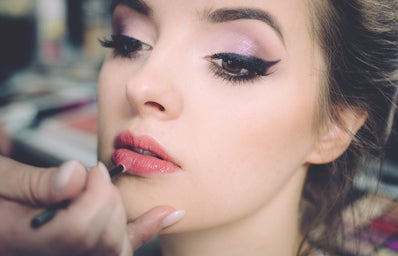Breakouts certainly aren’t random and they might even be trying to tell you something. If it seems that you have been breaking out in the same spot for months at a time, you may want to consider face mapping to identify the underlying issue! According to ancient Chinese medicine and Ayurveda practices, face mapping relates zones of your face to different internal organs and bodily systems. Let’s take for example, those persistent pimples that keep popping up around your eyebrows: Face mapping connects that specific area of your face to the liver. By using face mapping to get to the root of the problem, you can change your diet, exercise regime, and other life habits to target certain organs to clear up your skin, while simultaneously improving the health of different parts of your body! Want to know more? Keep reading!
THE HISTORY:
Face mapping is a practice that dates back thousands of years. But why was it needed? Doctor Daniel Hsu, L.Ac. and specialist in Traditional Oriental Medicine, says, “A lot of it comes simply from clinical experience. Nowadays, you have all types of blood tests and scans, but back then, doctors would have to give a diagnosis by looking, touching, and asking questions.” In ancient Chinese medicine, each organ of the body has a different color, temperature, and taste and manifest themselves in different ways.
HOW IT WORKS:
I must start by saying while sometimes face mapping may be the solution to your acne, breakouts are often caused by other factors such as genetics, hormones, or poor hygiene. If breakouts in a specific area don’t go away with treatment and proper care after about a week, then you can turn to face mapping. Face mapping can also help to examine your internal health by looking at its external manifestations. Chinese medicine looks at how the parts of the body work together as a whole. Chapman Lee, Chinese scholar and co-founder of the skincare line Baszicare, claims “face mapping is the ability to see the reflection of the body’s organs on each part of the face by observing the face’s complexion — such as luster, dullness, and color [and breakouts!] — as well as the tongue and face expression.” Overall, face mapping is an easy way to verify your health without having to go to the doctor.
As I am certainly not a dermatologist I thought I would leave it to the professionals to explain. Dermalogica, “the number one choice of skin care professionals worldwide” (Dermalogica® 2017), is definitely well trusted by me and others around the world! Here is a helpful visual provided by Dermalogica that addresses the different skin problems you may be experiencing, how to improve them and how they relate to the zones of the face and traditional Chinese medicine. There are, however, a lot of different interpretations of face mapping, so this chart may not provide all of the answers.
Hopefully now you have a better understanding of face mapping and can maybe skip an expensive trip to the dermatologist!


